Seoraksan National Park (Inner Section) (설악산국립공원 (내설악))
13.8Km 2021-04-13
Buk-myeon, Inje-gun, Gangwon-do
+82-33-801-0900
Daecheongbong Peak in Seoraksan Mountain, at an altitude of 1,708 meters, is the highest peak among the Taebaek Mountain Range, providing amazing view all year round. With various flowers in spring, clear and fresh stream water in summer, fall foliage in fall, and snow covered mountain in winter, Seoraksan Mountain is the most beautiful mountain in Korea.
The inner section ("Naeseorak") of the mountain stretches from the borderline of Hangyeryeong Pass and Misiryeong Pass to Inje-gun in the west. There are various valleys and waterfalls not to be missed as well as several hiking courses that represent the mountain.
Bangdong Mineral Spring (방동약수)
16.0Km 2021-05-31
89-59, Bangdongyaksu-ro, Inje-gun, Gangwon-do
+82-33-460-2170
Bangdong Mineral Spring is located in Bangdong-ri in Girin-myeon. It is so renowned that it has been designated as one of the Great Mineral Springs of Korea. The water has a high content of carbon that makes it sparkle, and it tastes like Korean 7-up when sugar is added. In addition to carbon, the water also contains iron, manganese, and fluorine, making it effective in curing gastric problems and helping with digestion.
According to legend, there lived a simmani (ginseng digger) 300 years ago who, one day, dug a 60-year old wild ginseng in Bangdong-ri. Called yukgumandal, the ginseng was known to have been a great medicine of mystery. From the spot where the ginseng was dug came a mineral spring, which became today’s Bangdong Mineral Spring. The mineral spring has continued to attract people since the first day the ginseng was found and people who have drunk its water are said to have experienced various beneficial effects.
Bangdong Mineral Spring is also close to the woods, several valleys, and waterfalls.
Bangtaesan National Recreational Forest (국립 방태산자연휴양림)
17.4Km 2025-10-23
241 Bangtaesan-gil, Inje-gun, Gangwon-do
+82-33-463-8590
Bangtaesan National Recreational Forest is mostly comprised of natural forests, with some man-made sections included. The recreational forest is located in the valley between Guryongdeokbong (alt. 1,388 m) and Jueokbong (alt. 1,443 m) Peaks. The area is known for its beautiful scenery like the two-tier waterfall and Madangbawi Rock. The varied trees provide fantastic foliage year around, especially in autumn. Wild animals like rabbits, roe deer, and squirrels inhabit the forest.
Shifting Cultivation Bom Bom Festival (화전민 봄봄축제)
17.5Km 2025-06-10
922-8 Gwangseok-ro, Duchon-myeon, Hongcheon-gun, Gangwon-do
+82-507-1433-8930
Shifting Cultivation Bom Bom Festival takes place in Bahoe Village, a small farming village in Hongcheon-gun, Gangwon State. It is a farming experince program that includes trekking along the crystal clear stream of Yongsogyegok Valley and an activities that provide insight on shifting cultivation and the farmers' lifestyles. Participants can enjoy a guided tour, take part in farming activities, pick crops, and try a local meal made from fresh ingredients.
Soyangho Lake (Yanggu Section) (소양호(양구))
18.7Km 2023-09-14
Seokhyeon-ri, Yanggu-gun, Gangwon-do
+82-33-480-7204
Soyangho Lake is a man-made lake that was created when Soyang Dam, the biggest rock-filled dam in Asia, was built in 1973. The lake is a hotspot for aquatic tourism and the lakeside road is an important route that connects Chuncheon and Yanggu. It is also a popular fishing spot as over 50 types of fishes can be found.
Seoraksan Heullimgol Valley (설악산 흘림골)
19.4Km 2024-02-16
San1-71, Osaek-ri, Seo-myeon, Yangyang-gun, Gangwon-do
Yangyang’s Heullimgol Valley, named for its cloud-like, foggy appearance due to the surrounding high mountains and deep valleys, offers a spectacular view and serves as the gateway to Deungseondae. This spot provides an expansive view of the southern side of Seoraksan Mountain. Notable sites near Heullimgol Valley include Yeosimpokpo Falls, Deungseondae, Deungseonpokpo Falls, Geumgangmun Gate, and Jujeongol Valley. Access to Heullimgol Valley is strictly limited to 5,000 visitors per day, with entry based on time reservations. Therefore, visitors must make a reservation through the Korea National Park Service's reservation system before visiting.
Center of Korea Observatory (국토정중앙천문대)
19.4Km 2021-08-12
127, Guktojeongjungang-ro, Yanggu-gun, Gangwon-do
+82-33-480-2586
The Center of Korea Observatory in Yanggu-gun is named for its location at the center of the Korean Peninsula. It is equipped with an 80-centimeter reflecting telescope. There is also an exhibition hall providing the most recent astronomy news, a planetarium showing the night sky, and a range of hands-on programs.
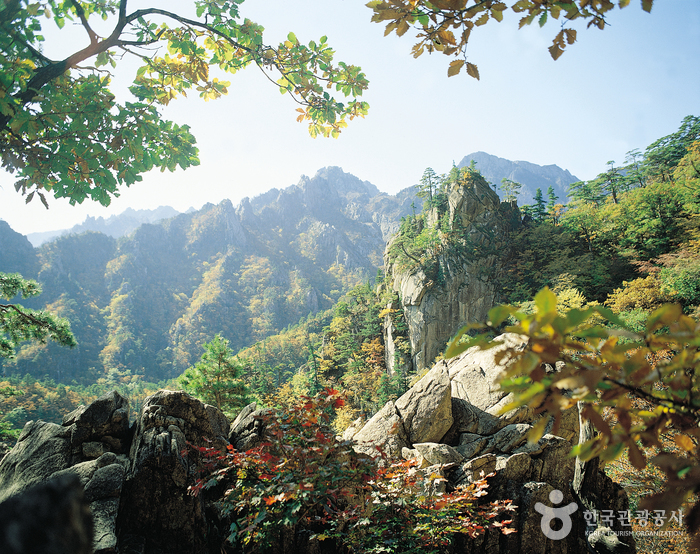
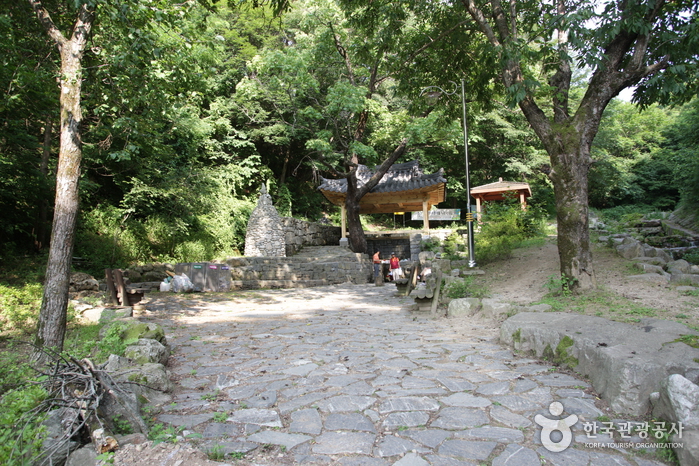
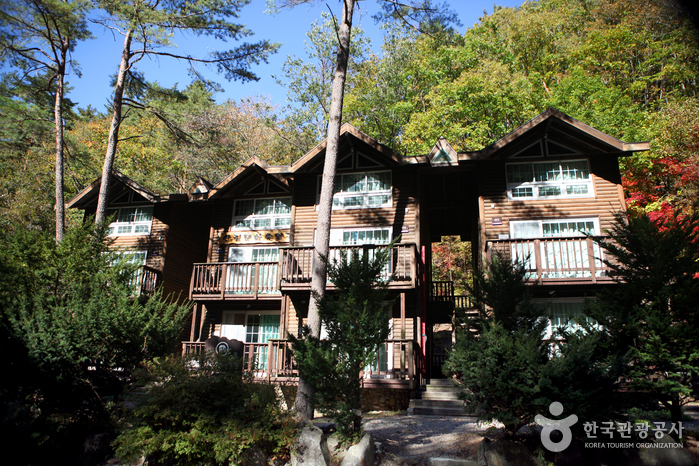

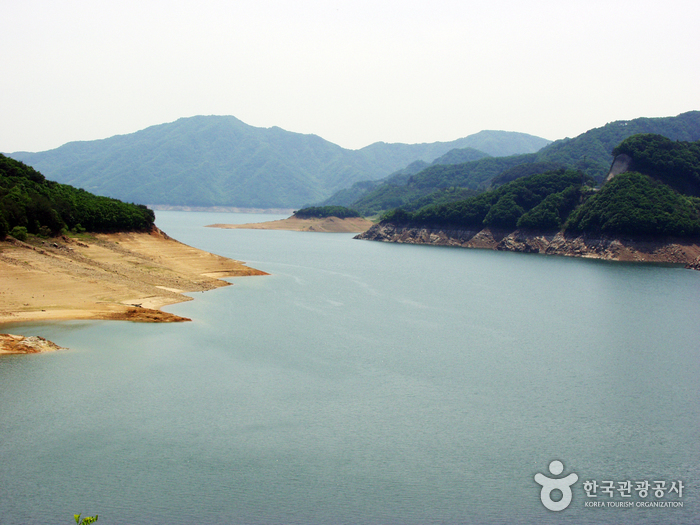
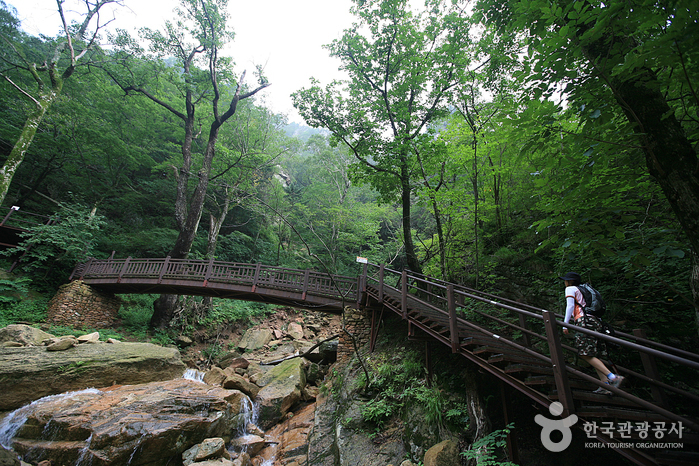
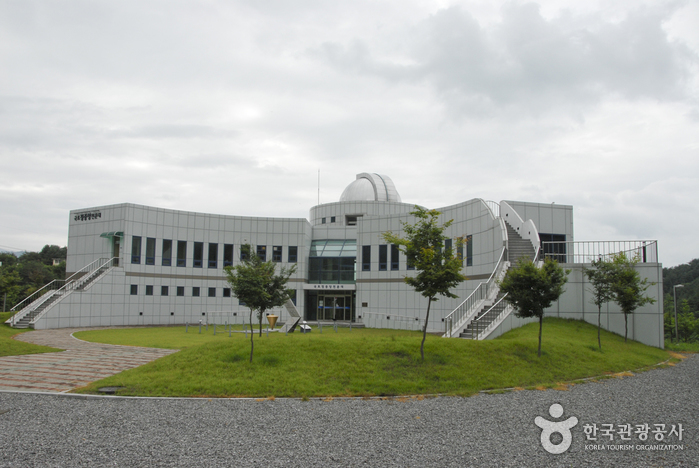
 English
English
 한국어
한국어 日本語
日本語 中文(简体)
中文(简体) Deutsch
Deutsch Français
Français Español
Español Русский
Русский